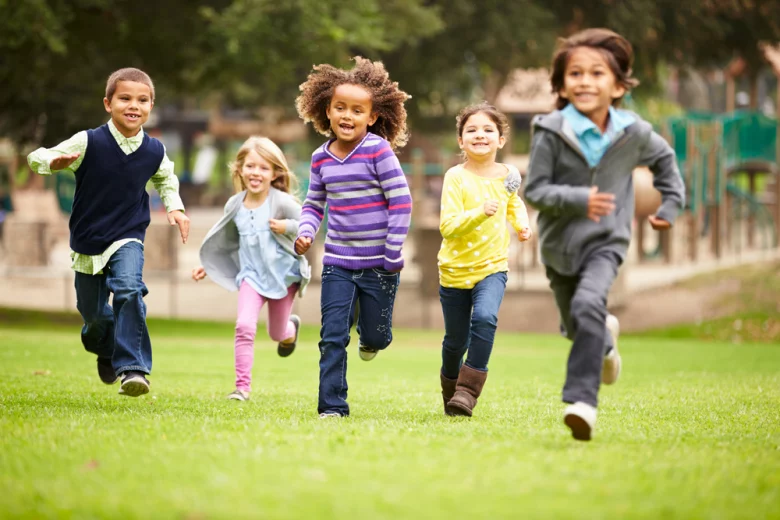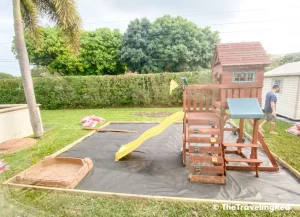Visiting parks with kids can be one of the most enjoyable ways to spend time as a family. Whether it’s a local city park or a larger state or national park, these outings can provide plentiful opportunities for education, recreation, and relaxation. Here’s a comprehensive guide to make your park visits with children both fun and hassle-free.
Preparation is Key
1. Choose the Right Park
- Research parks that offer features suitable for children, such as playgrounds, safe swimming areas, gentle hiking trails, and picnic facilities. Websites and parent forums can provide valuable insights into which parks are most kid-friendly.
2. Pack Smart
- Bring along a backpack with essentials such as water, healthy snacks, sunscreen, hats, first aid supplies, and insect repellent. Depending on the season, you might also need rain gear or extra layers for warmth.
3. Plan Your Activities
- Decide in advance what you want to do at the park. You might include a hike, a visit to the playground, a picnic, or simply some time exploring nature. Having a plan will help you maximize your time and keep the kids engaged.
During the Visit
4. Follow Park Rules
- Familiarize yourself with the park’s rules before you visit, especially those relating to wildlife, trash disposal, and areas that are off-limits. Explain these rules to your children to ensure they understand the importance of respecting nature.
5. Supervise Actively
- Always keep an eye on your children, especially in areas near water or on hiking trails. Even if a park is generally safe, close supervision is necessary to prevent accidents and ensure that children do not wander off.
6. Engage with Nature
- Use the visit as an opportunity to teach your children about the environment. Point out different types of plants, animals, and birds. Many parks also offer educational programs for children that can enhance their understanding and appreciation of nature.
7. Encourage Play and Exploration
- Allow time for unstructured play. Parks are great places for kids to use their imaginations, play hide and seek, or engage in a scavenger hunt. These activities are not only fun but also stimulate cognitive and physical development.
Safety Considerations
8. Weather Awareness
- Check the weather forecast before you go and prepare accordingly. Be aware of signs of weather changes and have a plan for seeking shelter if necessary.
9. Wildlife Precautions
- Teach your children to observe wildlife from a distance and never to feed or try to touch wild animals. Understanding how to behave around wildlife is crucial for safety.
10. Stay on Trails
- When hiking, keep to marked trails to avoid getting lost and to protect both the environment and your family from potentially hazardous areas.
After the Visit
11. Leave No Trace
- Ensure you leave the park as you found it or better. Carry out all trash, and if you see litter, consider picking it up to help keep the park clean.
12. Reflect on the Experience
- After leaving the park, talk with your children about what they learned and enjoyed. This reflection can help reinforce their experiences and the lessons they’ve learned.
13. Plan for Next Time
- Discuss what went well and what could be improved for future visits. This will help make each park outing more successful than the last.
Parks offer a wealth of benefits for families, providing spaces for physical activity, relaxation, and learning. By preparing adequately, staying safe, and engaging with the natural world, you can ensure that your visits to parks with kids are enjoyable and memorable.



